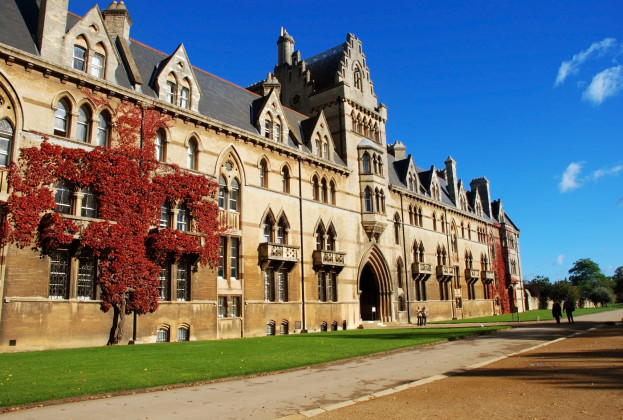What do women and wildlife have to do with one another? Future Generations faculty member Teri Allendorf explains why this is an essential enquiry surrounding the preservation of tigers in Chitwan National Park in Nepal.
Original text and images published in an article by Teri Allendorf for Community Conservation newsletter.
More and more frequently, attention is being given to the involvement of local communities as a factor in the success of conservation efforts around the world. As with all communities, men and women have different relationships with their environment due to the level of involvement that is customarily permitted. How does this factor into wildlife conservation? As put by Teri Allendorf and associate Neil Carter:
“The survival of many populations of threatened mammals depends on the willingness of human communities to coexist with them.”
Allendorf and Carter have found that women generally show more concern for wildlife, humane treatment, and support for species conservation. This is thought to be based from their caretaking and nurturing characteristics, as compared to the value traditionally placed by men on traits such as competition and autonomy. However when presented with contexts of daily negative wildlife impact, such as crop raiding and livestock depredation, women are more likely to have a negative attitude towards wildlife conservation and protection than men.
Experience shapes view. Tigers occasionally prey on livestock and attack people. These negative occurrences influenced the differing in opinion between men and women when asked how they felt towards tigers. Based on Carter’s previous research in Nepal, 84% of men expressed positive attitudes about tigers, while depending on the question, only 64%-73% of women felt similarly. This shift in attitude is proposed to be a result of greater direct costs of wildlife to women, women’s greater fear of wildlife and heightened perception of risk, and women’s lack of information and knowledge about the conservation of wildlife. The gendered division of labor also contributes to this divide. Women are often primarily responsible for the collection of natural resources, such as fuelwood and fodder for the household, and so are disproportionately exposed to dangers from wildlife.
These findings may seem to be contrary to one another, but Allendorf and her collaborators have found that this is a common gender gap driven by differences in belief and experience. Because women in communities such as those near Chitwan National Park in Nepal have traditionally not been included in conservation efforts, they have a lack of knowledge regarding the value of ecosystems and the protection of them. Based on a survey of 499 people, Allendorf and Carter found that the difference of opinion regarding tigers in Chitwan was a direct result of women having less knowledge about the involvement of tigers in promoting a healthy ecosystem. This then lead to less positive feelings towards the tigers in general. Accordingly, Allendorf suggests that addressing the impact of women’s access to information may be one way of closing this crucial conservation gap.

“People who understand interrelationships between natural and human communities value protected areas more.”
Although wildlife conservation has traditionally been dominated by men, the research conducted in Nepal by Allendorf and Carter about tiger preservation around Chitwan National Park shows that the perspectives of women are beginning to merit more value. Their findings present that the importance of women in this effort may be of crucial importance for several different reasons, the most important of which are: (1) women may be more vulnerable to environmental change and so could be more supportive of conservation as a result, and (2) women can be active agents of change for conservation efforts; by ignoring them, half of the population that can actively help to affect change is being overlooked.
This is supported by statistics that show that natural resource management groups that include women have demonstrated greater collaboration, solidarity, and conflict resolution characteristics that those with only men. These factors then in turn contributed to better, more sustainable outcomes. For example, the inclusion of women in forestry groups in India and Nepal has been directly correlated with better overall conditions and faster forest regeneration as a result of the better monitoring and rule enforcement they brought.
In Chitwan, this has held true in a most impressive way. Around 300,000 people live in the valley surrounding Chitwan National Park, and it’s become one of the success stories in tiger conservation for the globally endangered Panthera tigris. The population of tigers there has risen from approximately 50 in 1998 to 125 in 2015. Most importantly, it’s one of only 28 reserves in the world that can support at least 25 breeding female tigers.
“Unlike women in China and Myanmar, women in Nepal are not more negative toward protected areas, despite having less knowledge.”
Allendorf and Carter propose that this may be the case because, unlike with women in China and Myanmar in similar situations, Nepal has made more efforts to include women in buffer zone projects over approximately the last 20 years. Although the gender disparities still exist, Nepal enacted policies that recommended the inclusion of women on elected committees, which in that area often includes community forestry and buffer zone committees. Though arguably not enough to even out the gender divide, these actions have contributed to men and women being equally likely to understand the benefits of the park and what contributions the presence of tigers contribute to a healthy ecosystem.
These findings are important because they highlight potential pathways to increase community support for and involvement in wildlife conservation. Knowledge could be all that underlies the difference in gendered attitudes regarding wildlife management, and access to information is one of the easiest things to increase, particularly when considering the benefit it may yield. This could include initiatives such as outreach programs targeted at women to increase knowledge about particular species and their role in the ecosystem, which could in turn improve the general community attitude towards the species overall. Women could furthermore influence the decisions to poach, as well as create more long-term implications for conservation efforts by influencing their children to have positive attitudes regarding conservation and providing them with the knowledge that supports it. By including everyone in the dialogue, we move forward together for a brighter tomorrow.

__________________________________
Original study presented in Biological Conservation journal:Carter, N.H. & Allendorf, T.D. (2016). Gendered perceptions of tigers in Chitwan National Park, Nepal. Biological Conservation; 202; 69 DOI: 10.016/j. biocon.2016.08.002.
__________________________________



